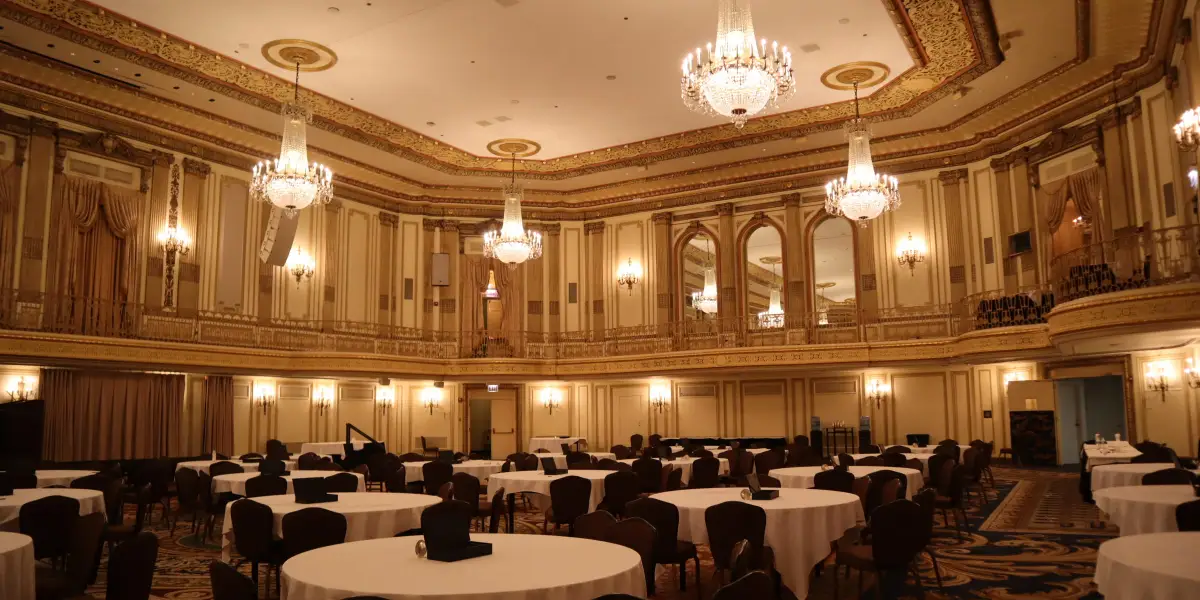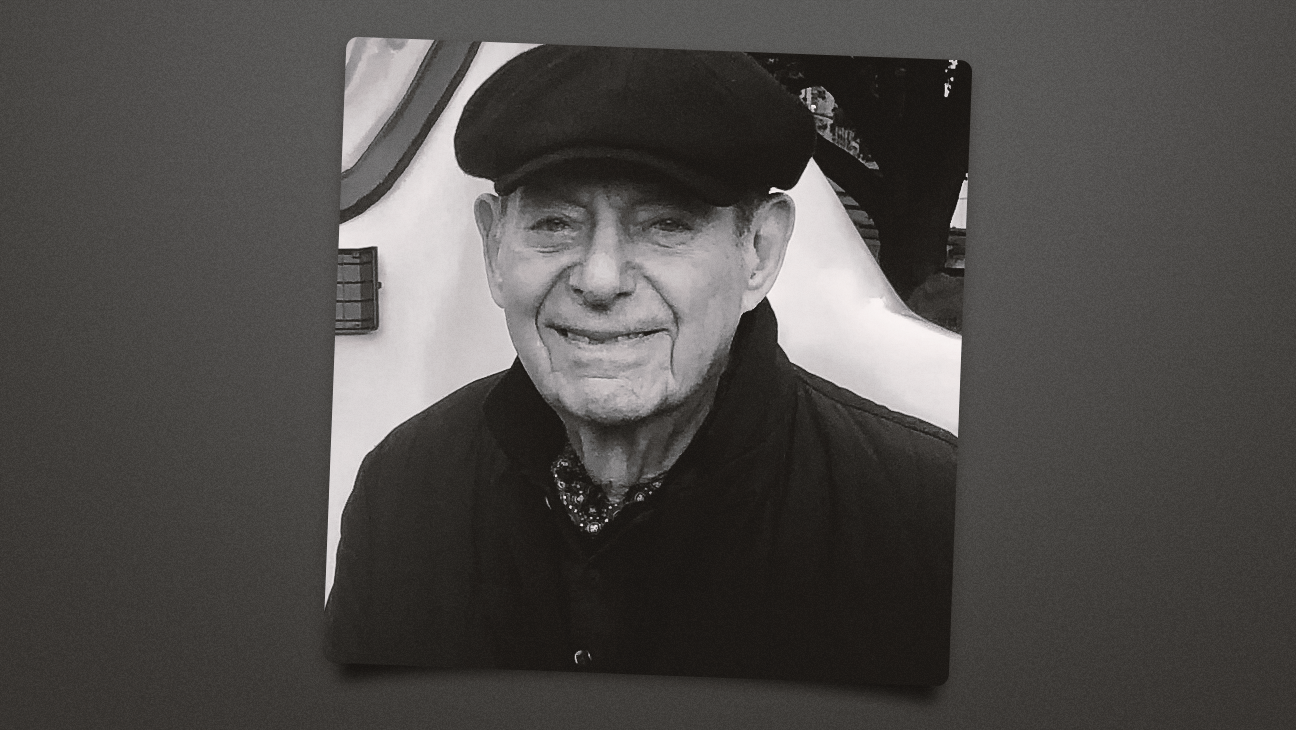Copyright Business Insider

The original Palmer House opened its doors in 1870 at State and Quincy Streets, a different location than the current hotel. A year later, the Great Chicago Fire of 1871 burned it down. A second Palmer House hotel opened in 1873, and quickly became an icon in the Chicago downtown as the Palmers grew their social standing within society at the peak of the Gilded Age. By 1893, when the World's Fair came to town, Bertha Palmer was at the helm of the Chicago society and served as the head of the Board of Lady Managers for the event, cementing her prominence in the Midwestern elites. After Potter and Bertha's deaths, the hotel continued to be run by their sons, Honoré and Potter II, and in the mid-1920s, underwent a significant reconstruction and expansion. The hotel, which was originally seven stories, expanded to its current 25-story building while remaining open for business, as the reconstruction was done in parts. In the following years it became a hub for entertainers during the Roaring 20s and prominent figures, with every single US president since Ulysses S. Grant — except for George W. Bush — staying at the hotel at least once, per Hilton's website. It has also welcomed figures like Mark Twain, Charles Dickens, and Oscar Wilde. The hotel was purchased by hotelier Conrad Hilton in 1945 and operates today as a Hilton property. The hotel's pride and joy is its grand lobby, which was imagined as a type of European drawing room and features the most luxurious and glamorous displays of the original owners' Gilded Age taste. The ceiling features 21 panels of painted frescoes depicting different scenes from Greek mythology. Once described as "a wonderful protest of romance against the everydayness of life" by columnist George Will, it was painted by the French artist Louis Pierre Regal. The lobby was inspired by Bertha Palmer's friendship with French Impressionist painter Claude Monet. Bertha Palmer, who was dedicated to decorating the Palmer House with French art as a nod to her family's heritage, is said to have accumulated the largest collection of Impressionist art outside of France, most of it now living inside the Art Institute of Chicago.



